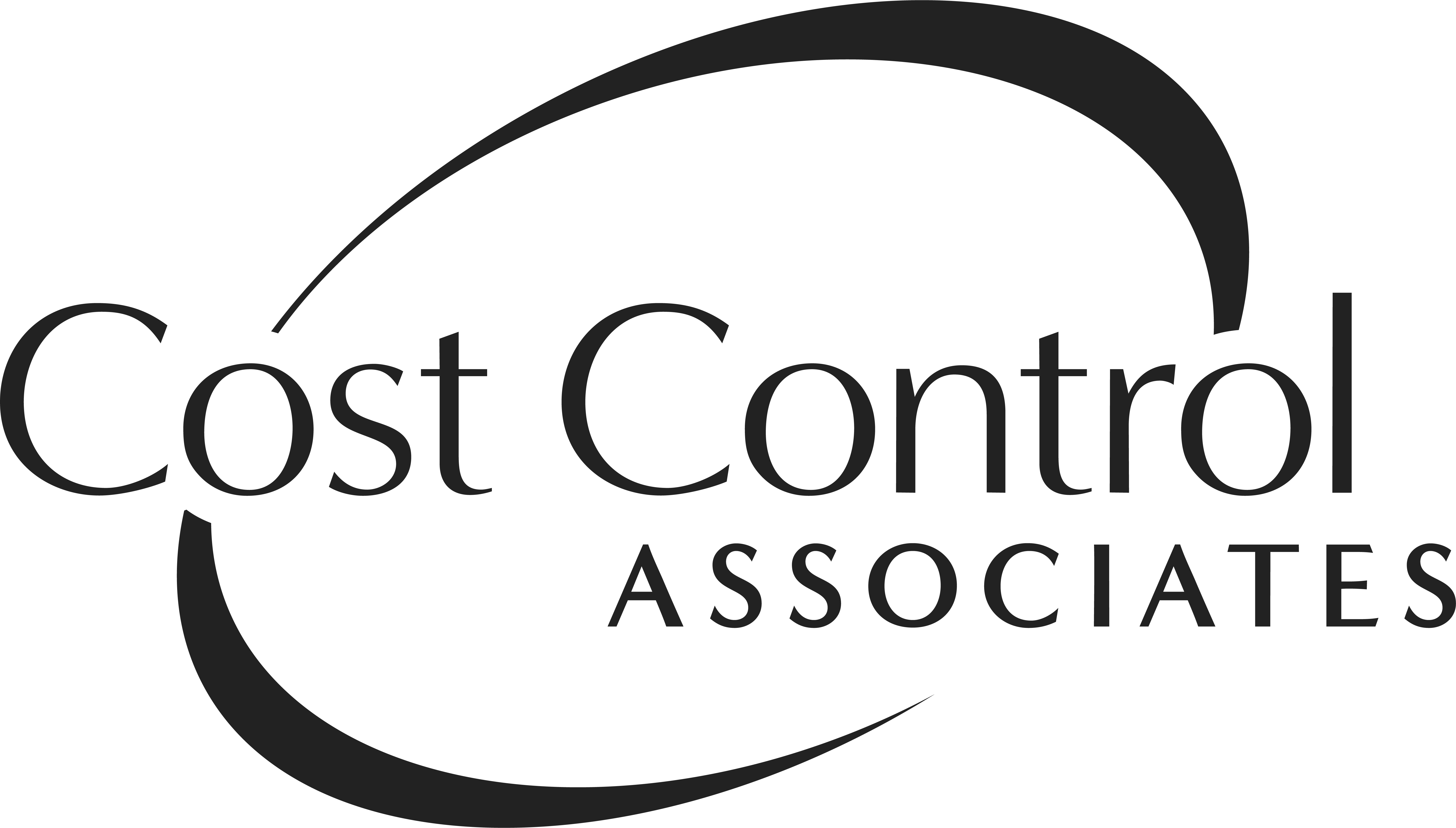With around 160,000 miles of railroad track across the U.S. and a flashing signal—complete with its very own meter—at each and every crossing, it’s no wonder that many railroads have a hard time keeping up with their energy bills. It’s not uncommon for the largest railroads to maintain more than 10,000 different utility accounts, with as many as 70% tied to geographically dispersed signals and equipment. As staffing shortages continue to plague the industry, few operations have the internal bandwidth to process and pay all these bills on time, never mind the time or expertise to scour for opportunities to reduce costs.
The problem is, this puts profits and sometimes even operations in jeopardy. Further, it is not a very sustainable approach to business. Railroads must start prioritizing better utility bill and cost management practices in 2024 to keep their businesses on the best track forward. As energy costs continue to rise and sustainability takes on increasing importance, in the future, energy costs and efficiencies will continue to matter more and more to stakeholders of every type.
Here are the top four reasons for railroad operators to increase focus on energy spend today:
- Be prepared for sustainability reporting requirements. As huge consumers of diesel fuel, railroads are often a focus of climate change activists. More and more stakeholders including regulators and investors are demanding increasingly detailed emissions reporting including calculations for scope 1, 2, and 3 carbon emissions and detailed public disclosures including established emissions reduction targets. Meeting these expectations starts with in-depth knowledge of energy spending and detailed analysis of utility data.
- Obtain lower costs in deregulated energy markets and protect budgets.
In deregulated or open states (like Texas or Ohio), it is critical to proactively source and secure market competitive supply rates for electricity and natural gas not only to ensure lower overall utility costs, but also to eliminate the price volatility caused by extreme weather conditions. One only needs to consider the fallout from the 2021 Texas ice storms to understand the enormous consequences of supply constraints caused by unexpected weather events. Those not locked into fixed rates at that time saw their prices per kilowatt hour increase up to 100 times the normal rate, taking a huge toll on profitability for many businesses. For those businesses exposed to this price volatility, significant cost and budget overruns occurred. - Safeguard against shutoffs and avoid costly late fees. Railroads are considered critical infrastructure, and technically, the power can’t be shut off for nonpayment. But utilities don’t always comply with this rule for a variety of reasons, and it’s typical for railroads to receive frequent disconnect notices. Railroads that miss payments month after month—often because the bills are never making it into their account payable systems—are risking the catastrophic consequences that could result from a loss of power. In addition, late payment of bills means late fees are assessed by utility companies, which are often hidden costs of utilities.
- Obtain cost savings by ensuring the most optimal tariff rate. In most states, utility rates for both distribution and supply are set by tariffs filed by utility companies with state public utility commissions. These tariffs provide rate choices for railroads and other customers. It is not uncommon for a utility to offer as many as 50 or more different rate schedules and tariff rate options. Given railroads’ 24/7 operations, unique opportunities exist for opting for other tariffed rates. Careful reviews of current tariff rate assignments and tariff rules almost always turn up significant savings opportunities through options such as lower cost time-of-use rates. In these cases, the railroad doesn’t need to change anything about its operations or the energy it is consuming; it simply needs to identify and ask for the optimal rate. For one of our railroad clients, we found nearly $600,000 in first-year cost savings from rate changes and billing error corrections in one year alone, and we found $868,000 in first-year cost savings and refunds for another.
Get ahead of energy savings.
Whether the push to reduce energy costs comes from your CFO or the need to reduce greenhouse gas emissions comes from investors or state or local governments, it’s only a matter of time before railroads will need to demonstrate more proactive management of their energy usage and costs. It’s complex work that often requires daily oversight to know what the markets are doing, stay on top of the current rules, optimize rates, and keep up with the data and energy management work to be done. The utility experts at Cost Control Associates are ready to help. If you want to make 2024 the year you give energy, spend the attention it deserves, and start preparing your business for a more sustainable and profitable future, reach out to start the conversation today.
Keith Laake founded Cost Control Associates, Inc. in 1991 and has been responsible for strategic planning, marketing and sales, and overall management of the firm. He currently focuses on business development. Keith received his BBA from the University of Wisconsin and is a certified public accountant. Learn more.

